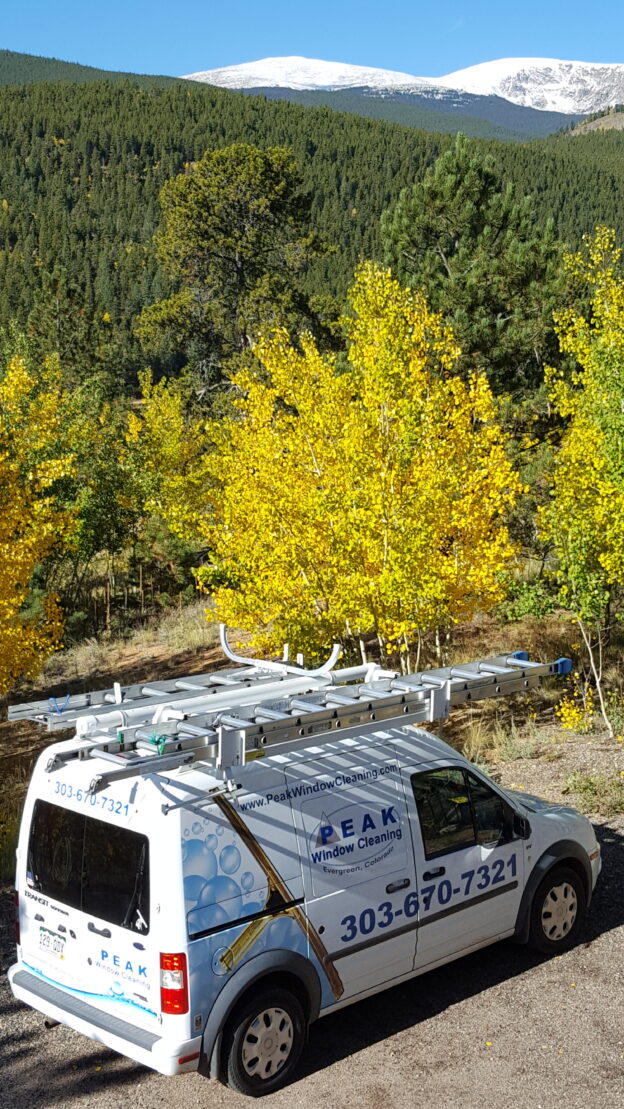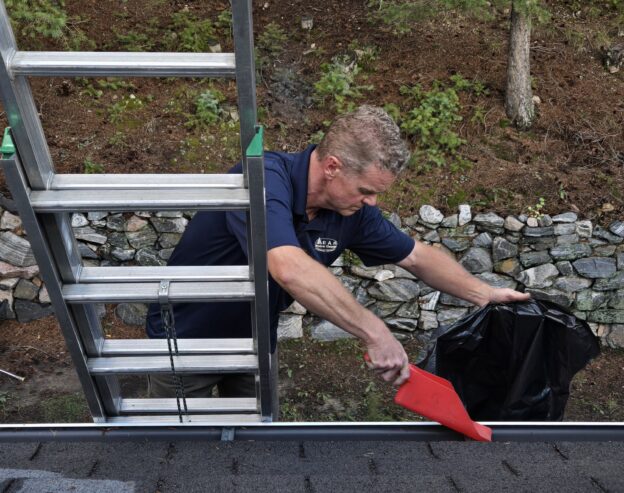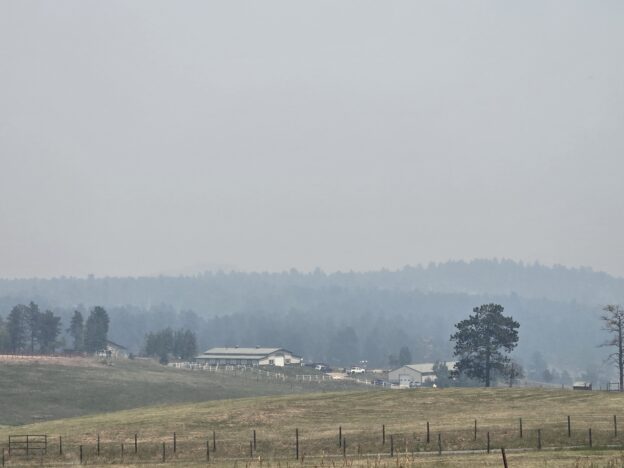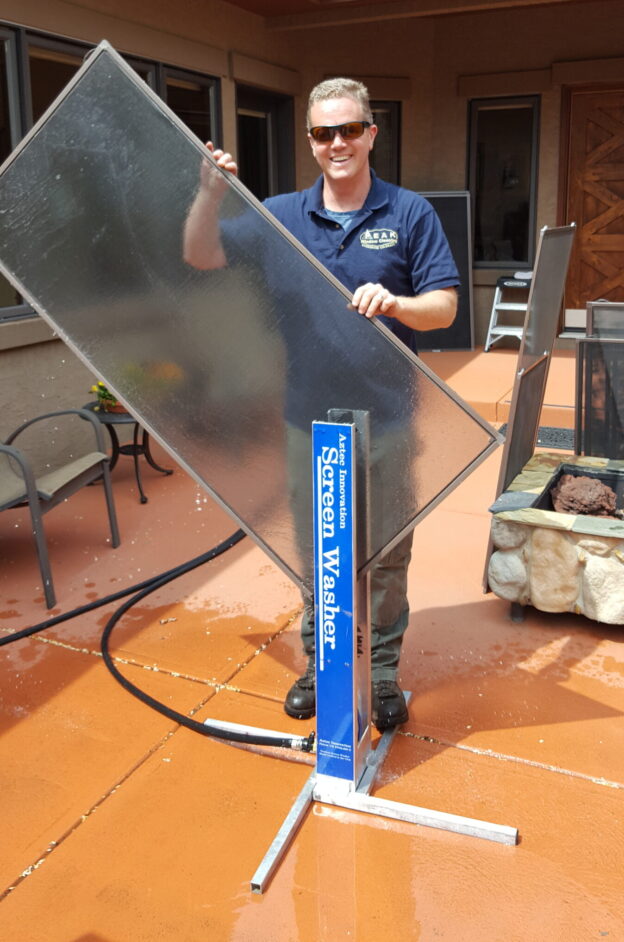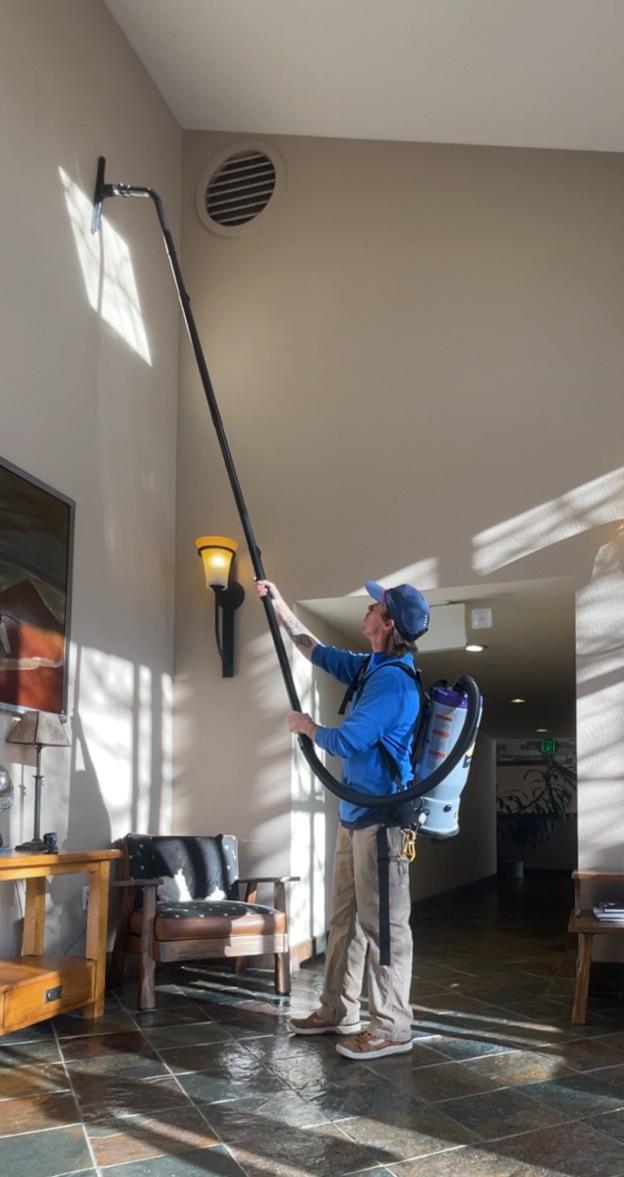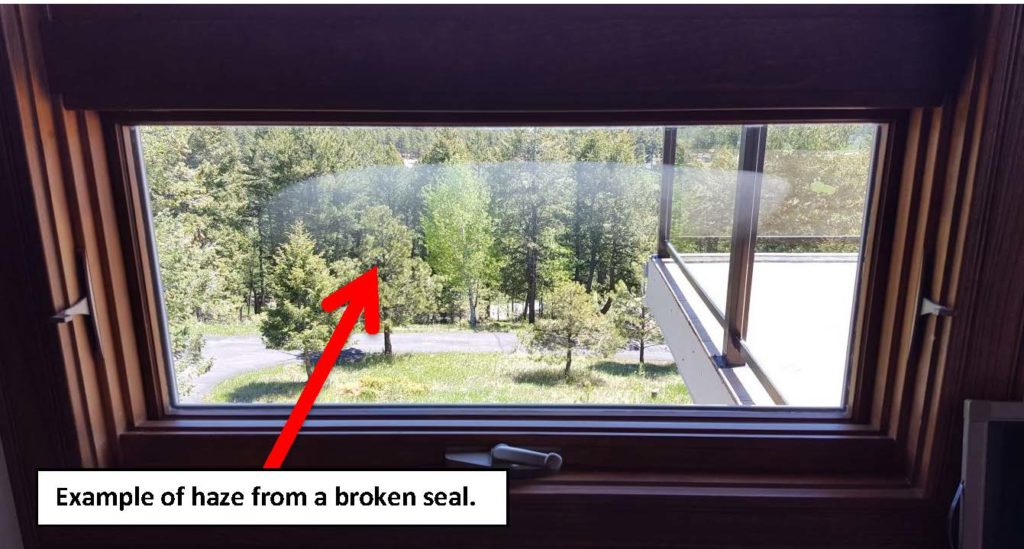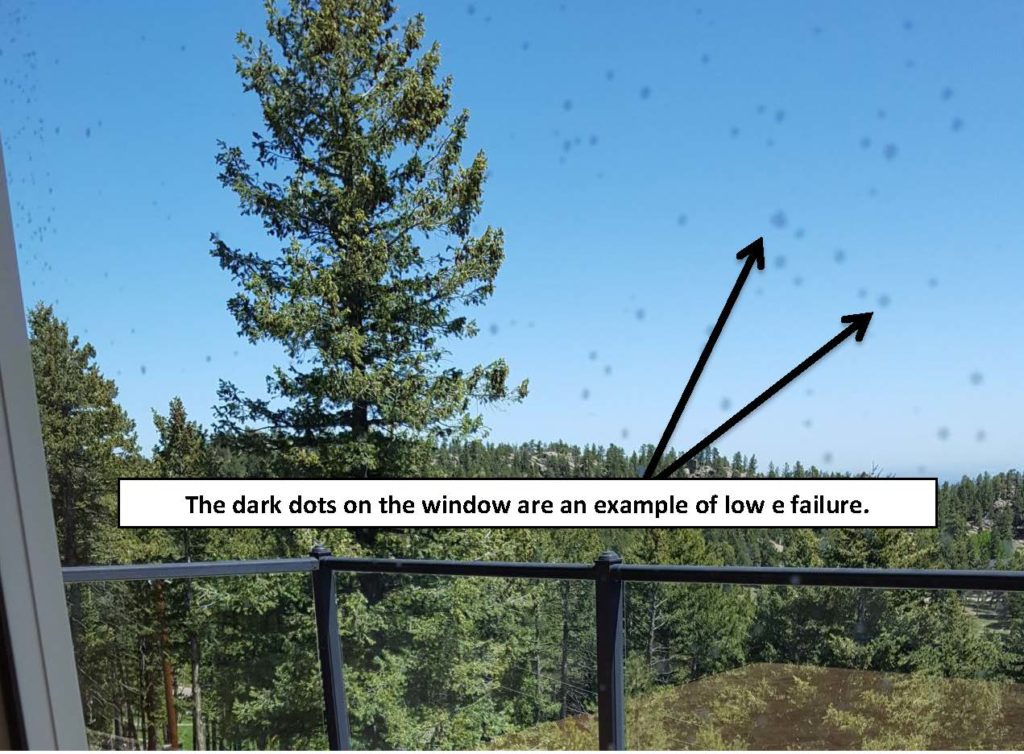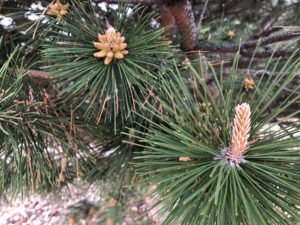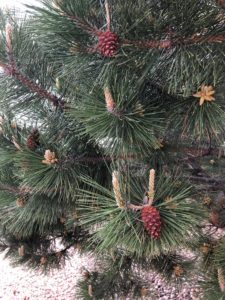As we head into the holiday season, our homes become the heart of celebration. Thanksgiving, Christmas, Hanukkah, and New Year’s are all times when family, friends, and guests fill our homes with warmth and cheer. When you’re preparing for guests, there’s one often-overlooked detail that can make a significant difference: clean windows. Here’s why getting your windows professionally cleaned before the holidays can help set the right mood for all your gatherings.
Make a Great First Impression
When guests arrive, the first things they notice are often the home’s exterior and windows. Clean, streak-free windows give your home a bright, welcoming appearance. They reflect your attention to detail and create a polished, well-maintained look that speaks volumes about how much you care for your space and those who enter it. Plus, sunlight pouring through clean windows adds warmth and vibrance, making your home feel even cozier.
Save Time and Reduce Stress
Holiday preparations can be hectic. There are meals to plan, gifts to buy, and plenty of cleaning to tackle. By scheduling a professional window cleaning before the season starts, you can save yourself time and reduce stress. With clean windows checked off the list, you’ll have more time to focus on what really matters—spending time with loved ones and making memories.
Let More Natural Light In
Shorter daylight hours and cold weather can make our homes feel dim and dreary. Clean windows, however, allow more natural light into your home, making your rooms look brighter and more inviting. This light is especially important for holiday events, where everyone appreciates a bit more cheer and brightness. Natural light can even help lift the mood, making gatherings feel light and joyful, which is essential during this cozy season.
Enhance Your Holiday Decor
If you’re decorating for Thanksgiving, Christmas, or any holiday in between, clean windows can be an unexpected element of your decor. String lights, wreaths, and other holiday decorations look far better when framed by sparkling, spotless windows. Clear windows allow your decorations to be visible from outside, giving your home an inviting and festive look for neighbors and guests alike.
Keep Windows in Good Condition During Winter
Winter weather can be tough on windows. Dirt, grime, and even mildew buildup over time, leading to possible damage if left untreated. Regular, seasonal window cleaning removes these substances, keeping your windows in top shape even during the colder months. Proper maintenance before the snow and ice arrive ensures they’ll stand up better to winter weather, avoiding permanent damage and the expense of repairs down the line. Window manufacturers recommend cleaning your windows twice a year to keep them in tip-top shape.
Reduce Allergens and Improve Indoor Air Quality
It’s not just the exterior that needs cleaning; the inside of windows can accumulate dust, pollen, and other allergens that compromise air quality. With more time spent indoors and holiday gatherings bringing in more people, having clean windows means less exposure to dust and allergens, creating a healthier environment for your family and guests. For those who may have sensitivities, this little detail can make a difference in their comfort.
Tips for Getting the Best Results
- Hire Professionals: Getting on a ladder in cold weather can be tricky and even dangerous. A professional window cleaning service will have the right tools and expertise to get the job done safely and thoroughly.
- Clean Inside and Out: While exterior cleaning is crucial, don’t neglect the inside! Dust and fingerprints can build up, especially if you have young children or pets.
- Schedule Early: Window cleaning appointments fill up fast around the holidays. Booking your service in advance can help you avoid last-minute rushes and secure a convenient time.
Make This Holiday Season Shine
With clean, clear windows, you can make this holiday season feel even more magical. Not only will your home look fantastic for Thanksgiving and other festivities, but your guests will appreciate the welcoming, bright atmosphere. So, don’t let dirty windows dim your holiday cheer—add a professional window cleaning to your holiday prep list and let your home truly shine this season!

